Introduction
In the realm of electrical installations, the advent of quick electrical connectors has revolutionized the way we handle wiring tasks. These connectors, which include push-in, twist-on, and insulation displacement connectors, have streamlined the process of creating secure and efficient electrical connections. This article delves into the evolution of electrical connectors, the functionality of quick electrical connectors, their types, and the benefits they offer. It also explores the future trends shaping the industry, including technological advancements and the increasing focus on sustainability.
The Evolution of Electrical Connectors
The evolution of electrical connectors, specifically AC power plugs and sockets, dates back to the 1880s. Initially, they were developed to replace connections to light sockets with wall-mounted outlets. Over time, a variety of types emerged for convenience and protection from electrical injury. Today, there are approximately 20 types in common use globally. The coordination of technical standards has facilitated the use of certain plug types across large regions, promoting trade in electrical appliances and convenience for consumers and travelers.
Understanding Quick Electrical Connectors
Quick electrical connectors, such as push-in wire connectors, are a modern solution for wiring tasks. These connectors allow you to strip a minimal amount of insulation from the wire before inserting it into one of the holes in the connector. Once in place, the wire is permanently locked, but there is a release feature that allows the wire to be removed and reinserted if necessary. They must be used in an approved electrical box, enclosure, or light fixture. They are made from UL94V-2 flame retardant material and can handle wire combinations from #12 to #22 gauge solid & stranded wiring.
Types of Quick Electrical Connectors
Electrical connectors come in various types, each designed for specific applications. Some common types include audio & video connectors, automotive connectors, circular connectors, and D-shaped connectors. For quick electrical installations, push-in, twist-on, and insulation displacement connectors are often used. These connectors are designed to provide reliable and efficient connections in various electrical circuits. They are engineered to optimize connectivity in critical technology systems, with a wide range of positions available. The connectors are designed to withstand harsh conditions, making them suitable for a variety of applications.
Push-In Connectors
Push-in connectors are a type of quick electrical connectors that allow wires to be connected simply by pushing them in, eliminating the need for twisting. They can accommodate 12-22 AWG solid and stranded wire, and are rated at 600 VAC. They come in various sizes, accommodating 2 - 8 'ports'. Despite costing slightly more and requiring a wider variety of connectors on hand, they are praised for their firm grip on wires. Once locked in, removing the wires can be quite challenging, ensuring a secure connection. However, they are not recommended for reuse as removing the wire can cause damage.
Twist-On Connectors
Twist-on connectors are a staple in any electrician's kit, known for their quick and reliable installation. They feature a metal spring inside, which forms a circuit when bare wires are inserted and twisted. Advanced versions of twist-on connectors fit a wider range of wires and allow for the use of torquing tools. They simplify the process of joining wires and ensure a high-quality connection, making them an excellent choice for various electrical tasks.
Insulation Displacement Connectors
Insulation Displacement Connectors (IDCs), also known as Insulation-Piercing Contacts (IPCs), are a type of quick electrical connector. They are designed to connect to the conductors of an insulated cable without the need to strip the insulation. This is achieved by forcing a selectively sharpened blade through the insulation, creating a reliable gas-tight connection. Initially used in extra-low voltage applications like telecommunications and networking, IDCs are now also used in some domestic and industrial low voltage applications. They offer faster installation, reducing the time spent on stripping, twisting, and screwing down processes.
Benefits of Using Quick Electrical Connectors
Quick-connect electrical connectors offer numerous benefits. They simplify installation processes, improve reliability, and optimize space utilization, becoming an integral part of modern communication systems. These connectors offer lightning-fast connectivity, allowing for swift and seamless communication systems. They enable the rapid transfer of power and data, ensuring minimal downtime and maximized efficiency. Furthermore, they provide a safer alternative to traditional soldering and crimping methods, reducing the risk of accidents and ensuring the safety of personnel and equipment.
Ease of Installation
Push-in electrical connectors, a type of quick electrical connectors, offer a significant advantage in terms of ease of installation. Traditional connectors often require stripping wires and screwing them into place. However, push-in connectors feature spring-loaded terminals that securely grip the wires when inserted, eliminating the need for stripping and tightening screws. This not only speeds up the installation process but also reduces the chance of errors or loose connections. Their intuitive design allows even those without extensive electrical knowledge to make safe and reliable connections.
Time and Cost Efficiency
Quick-connect electrical connectors are designed to streamline the connection process, significantly reducing installation time and improving overall efficiency. These connectors feature a plug and play mechanism that allows for swift and hassle-free connections, eliminating the need for specialized tools or intricate wiring processes. The convenience of quick-connect electrical connectors goes beyond their efficient installation process. These connectors offer a multitude of benefits when it comes to connection management, maintenance, and flexibility in system expansion.
Safety and Reliability
Quick electrical connectors significantly enhance safety and reliability in electrical installations. They provide a secure connection between electrical wires, preventing current leakage and ensuring the circuit remains functional. In electric vehicles, they are crucial for battery, charge, and motor connections. Their secure design helps prevent electrical shorts that could lead to fires. Additionally, they are durable and reliable, ensuring devices are powered efficiently and effectively. Always remember to handle connectors with care, use the correct tools, and double-check your work to ensure safety.
The Future of Quick Electrical Connectors
The future of quick electrical connectors is shaped by several trends. Miniaturization and integration are key, driven by the need for portable, digital, and multi-functional electronic machines. Intelligence is another trend, with the addition of IC chips and control circuits enabling connectors to more intelligently grasp the use of electronic equipment. High-performance is also a focus, with connectors needing to support high-speed transmission, high frequency, and high current. Finally, connectors are being designed to resist extreme environments and signal interference, while also being more aesthetically pleasing and user-friendly.
Technological Advancements
The future of quick electrical connectors is marked by significant technological advancements. Miniaturization is a key trend, with connectors becoming smaller without compromising on performance, essential for compact devices. Intelligent connectors, integrated with sensors and data processing capabilities, are emerging, enabling enhanced connectivity and data-driven decision-making. Furthermore, connectors are being designed to support higher data transmission speeds and lower latency, enabling seamless and real-time data transfer. These advancements are transforming the way we connect and interact with our devices, pushing the boundaries of innovation.
Sustainability and Environmental Impact
The environmental impact of electrical connectors, including quick connectors, is significant. Improper disposal can lead to pollution and resource depletion. However, the industry is focusing on sustainable solutions, such as green connectors, to minimize environmental impact. These connectors aim to conserve resources and reduce e-waste. Technological advancements are also playing a role in promoting sustainability in the electrical connector industry. It's crucial to ensure proper handling and disposal of connectors, promote recycling, and invest in sustainable designs to mitigate environmental impact.
Conclusion
Quick electrical connectors have transformed the landscape of electrical installations, offering a safer, more efficient, and time-saving alternative to traditional methods. They have become an integral part of modern communication systems, enabling rapid transfer of power and data. The future of these connectors is promising, with trends like miniaturization, integration, and intelligence shaping their evolution. As we move towards a more digital and interconnected world, the role of these connectors will only become more critical. However, it's equally important to focus on sustainability, ensuring that the growth of this industry doesn't come at the expense of our environment. As we embrace these advancements, we must also strive for responsible consumption and disposal practices to mitigate environmental impact.







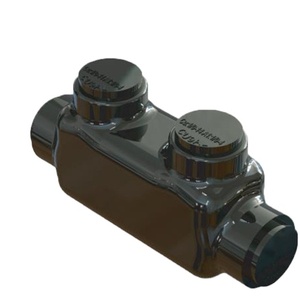

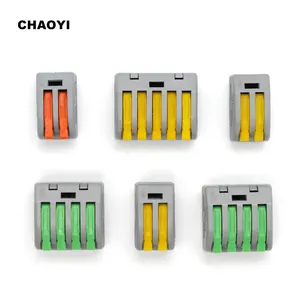

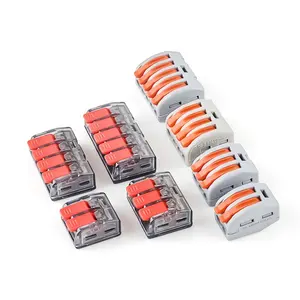

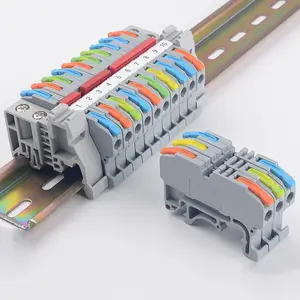

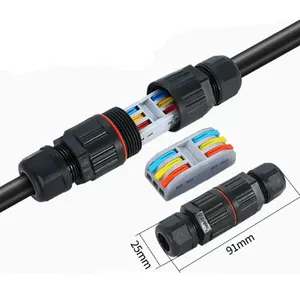
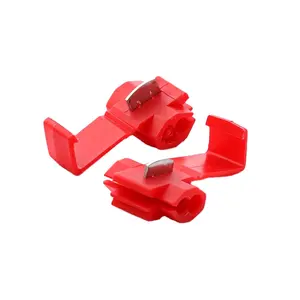





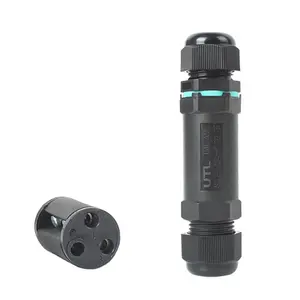




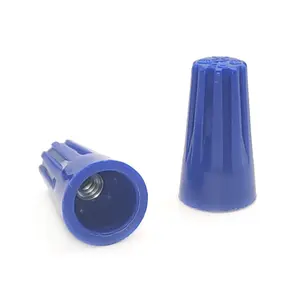

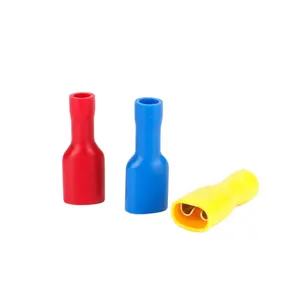




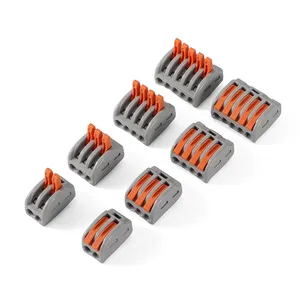
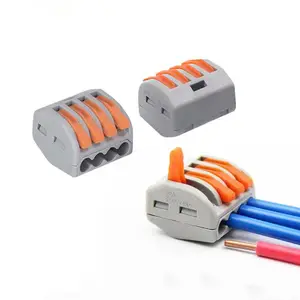

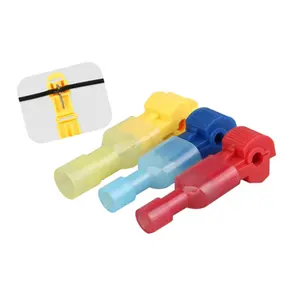
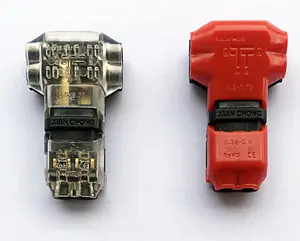




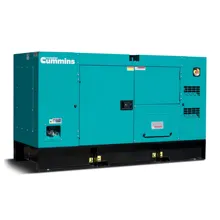
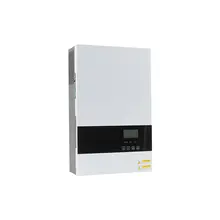

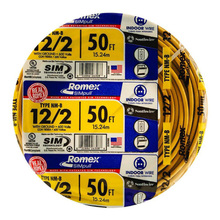
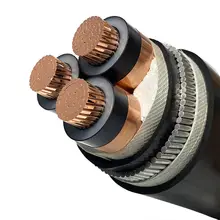
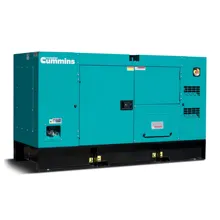























 浙公网安备 33010002000092号
浙公网安备 33010002000092号 浙B2-20120091-4
浙B2-20120091-4